7 Reasons Centipedes Are Attracted To Your Home
Did you find a centipede lurking around your house and you aren't exactly sure why they have decided to try and make themselves comfortable in your home? There are actually a few different reasons that you may be attracting these insects. In this guide, we look at each reason in detail, and how to solve for each.

There are you are, keeping your garden clean and setting those beautiful ornamental pieces in order. But as you proceed to get rid of some of the rocks, you discover something horrifying that’s been living in your property all this time— centipedes. Big. Nasty. Creepy. Crawly. Centipedes.
Of course, we’re well aware of the critters that come and go in our yard or even inside our houses, but nothing as terrifying as centipedes. So how did it end up like this? What attracts centipedes?
And what made these multi-legged creatures storm sneak inside our yard in the first place? Will they invade the house too? Here are 7 different reasons these annoying insects may be trying to make themselves comfortable inside your home.
Insect Prey
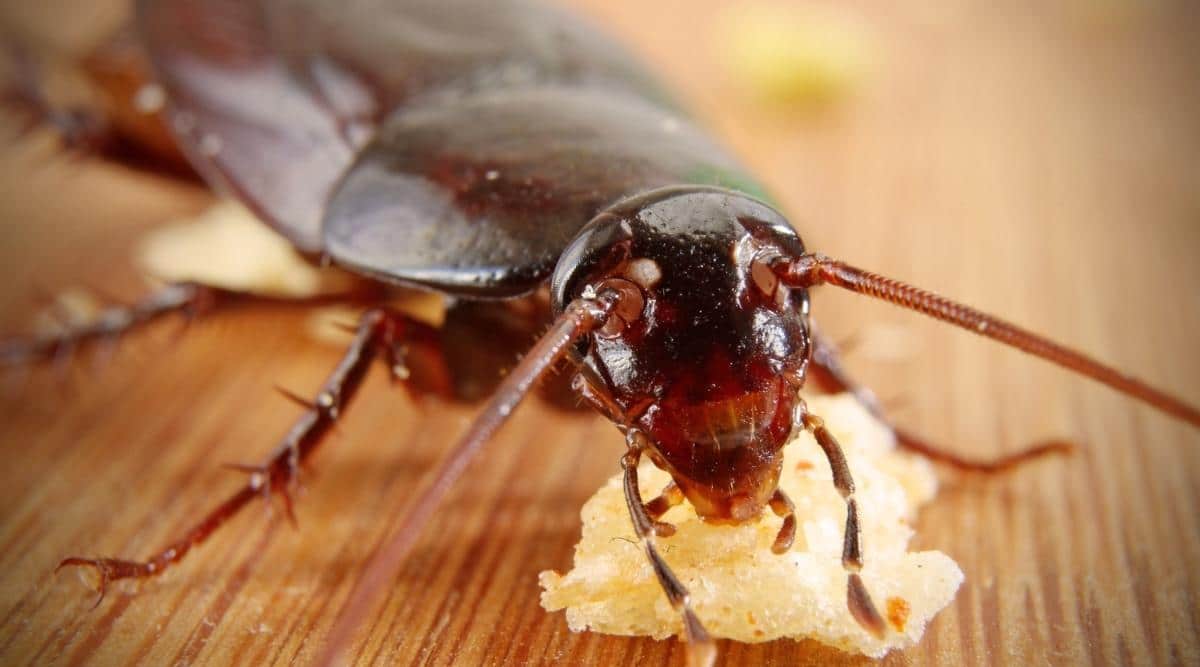
When a lot of centipedes suddenly show themselves in your yard, they’re most likely looking for prey. Food is the most important reason why your home could attract these arthropods. And insects are one of their all-time favorites. Many of these insects share similar hiding spaces as centipedes.
Centipedes are voracious hunters that can eat almost any bug. Being generalist predators, they’re drawn to a variety of insects for nourishment. Some of these include pill bugs, moths, crickets, flies, cockroaches, ground beetles and silverfish.
How To Fix:
Make sure that there are no insects that would attract a centipede around your home. Stay up to date on your pest control, and hire someone for assistance if you aren’t able to take care of your pest needs on your own.
Spiders
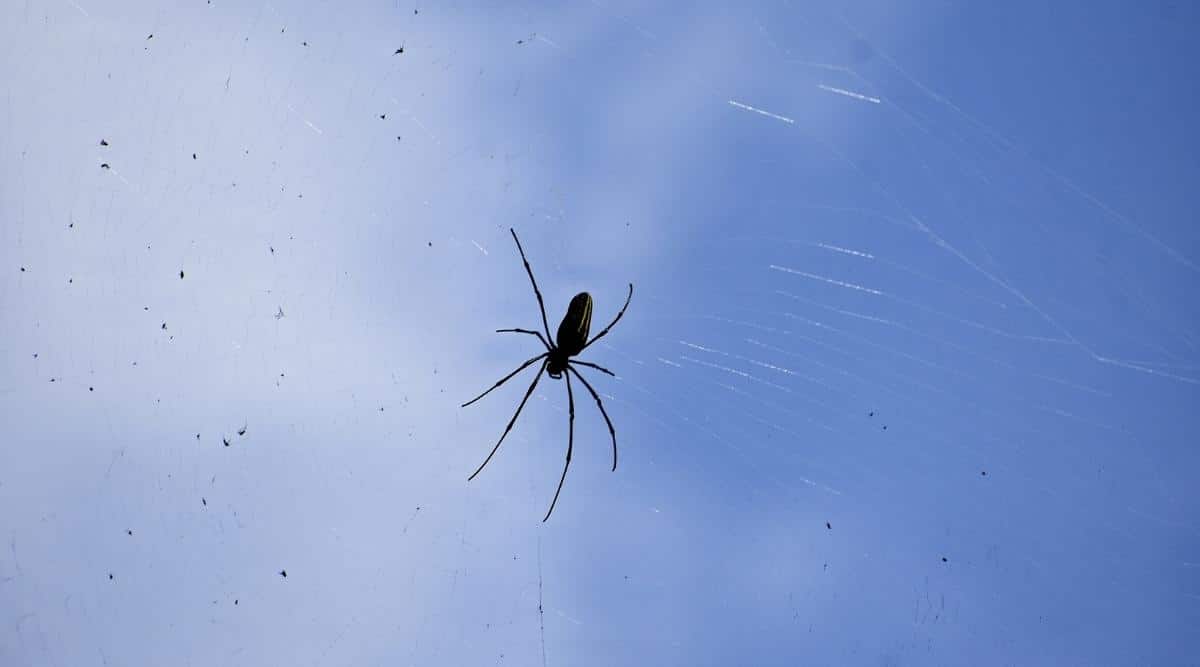
Speaking of food, centipedes don’t just stop at soft-bodied insects. They’re also attracted to spiders, especially if you have a lot of them in your home. These arachnids are one of their more usual meals.
So if you see a lot of webs around, you can bet that you’re already playing host to quite a few centipedes as well. Spiders prefer to have warmer locations in the winter, so keep an eye out around your house, especially when the temperatures start to drop.
How To Fix:
Stay up to date on your current pest control. Some homeowners are intimidated by removing spiders because they are venomous, so if you need to hire someone, it’s important that you do to eliminate the centipede’s food source.
Small vertebrates
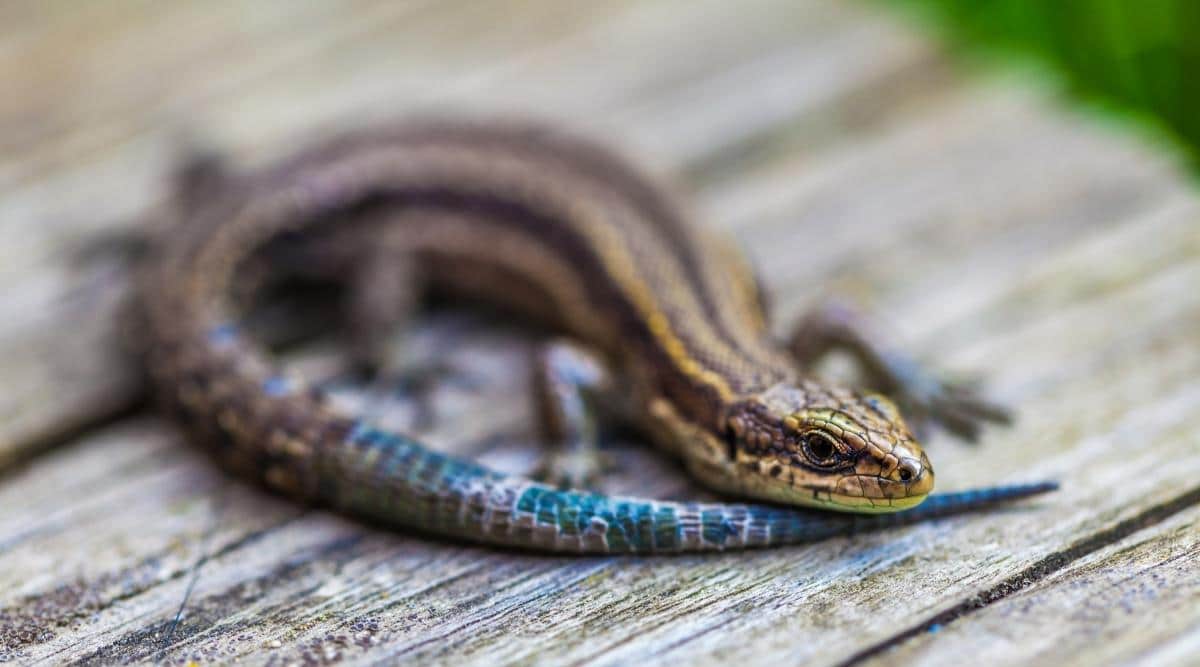
Last in the food list are bigger game. Centipedes may be little, but there are specific species that can take down rats or mice, birds, frogs and even lizards. That’s right. Small vertebrates that live in your house can also lure in those creepy centipedes inside.
Again, if you don’t want to have these multi-legged crawlies around, make sure to clear your home of all the pests all year round.
How To Fix:
Make sure there aren’t areas where small vertebrates may be hiding in your home. This includes crawl spaces, or smaller areas that you may not think about much, or areas that may not receive much care.
Moisture
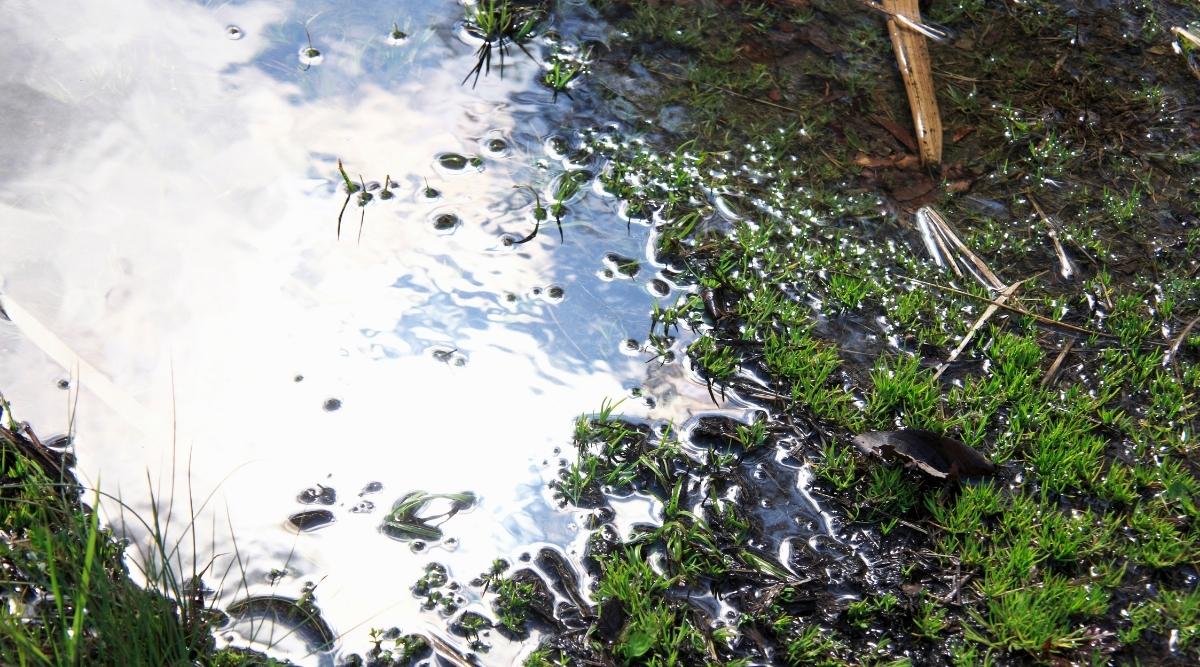
Just like us, centipedes will actively look for water to hydrate themselves. Even though they have exoskeletons that are covered by a waxy coating, this protective layer can only do so much to hold back bodily moisture loss.
They won’t survive in droughts and in incredibly dry areas. That’s why these multi-legged arthropods prefer to live in a moist or damp environment. For us, this is a house with a lot of plants and shade, dripping faucets, hose leaks, broken gutters, and stagnant pools of water.
How To Fix:
Resolve any moist areas in your home. This is especially important if you live in a more moist climate, like the southeastern United States. Clean up any stagnant water, and if you have an indoor garden, make sure to take care of drips or leaks.
Undisturbed shelter
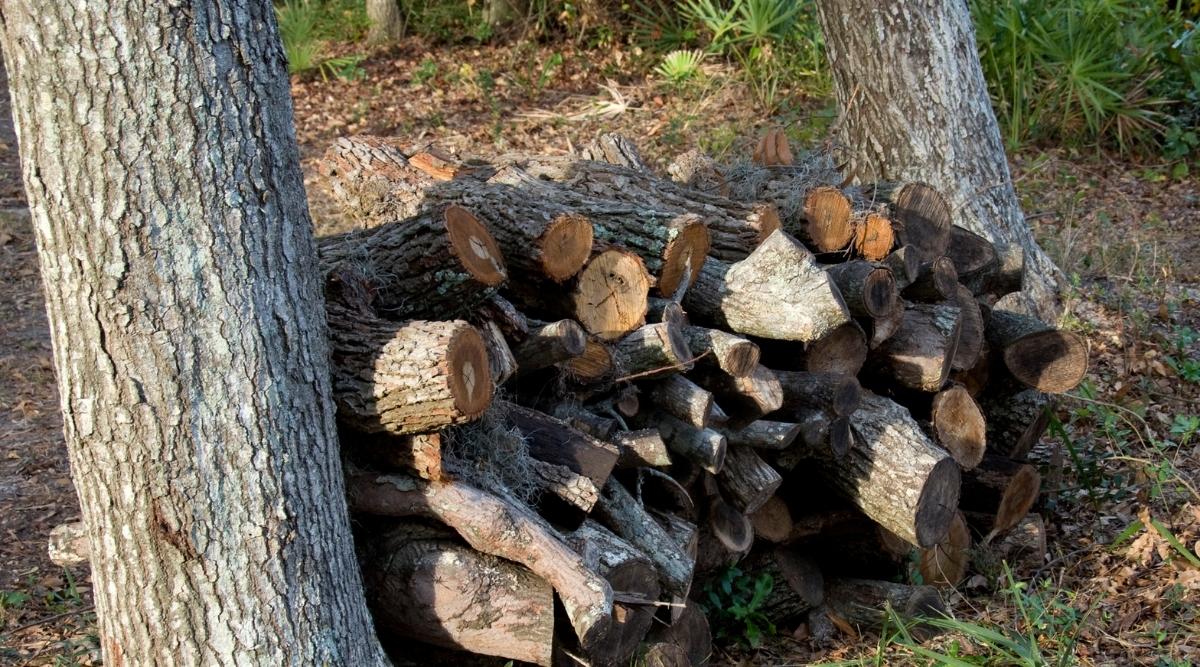
Similar to fleas and other insects, centipedes also love dark and quiet places. That’s why they spend their time under rocks, cement blocks, crevices, woodpiles, old rubber tires, and even underneath rotting wood. They can also make themselves comfortable inside gaps and crevices, old furniture outside, construction materials, and inside abandoned toys.
Basically, the less disturbance these places get, the more appealing they are to centipedes, especially if they also house other pests. We recommend that you clean out these areas a few times a year to make sure that no creepy crawlies have been living inside or underneath them.
How To Fix:
Make sure there’s no areas around your home that are hospitable for centipedes. That means cleaning up loose brush, and other items around the house on a regular basis.
Warmth
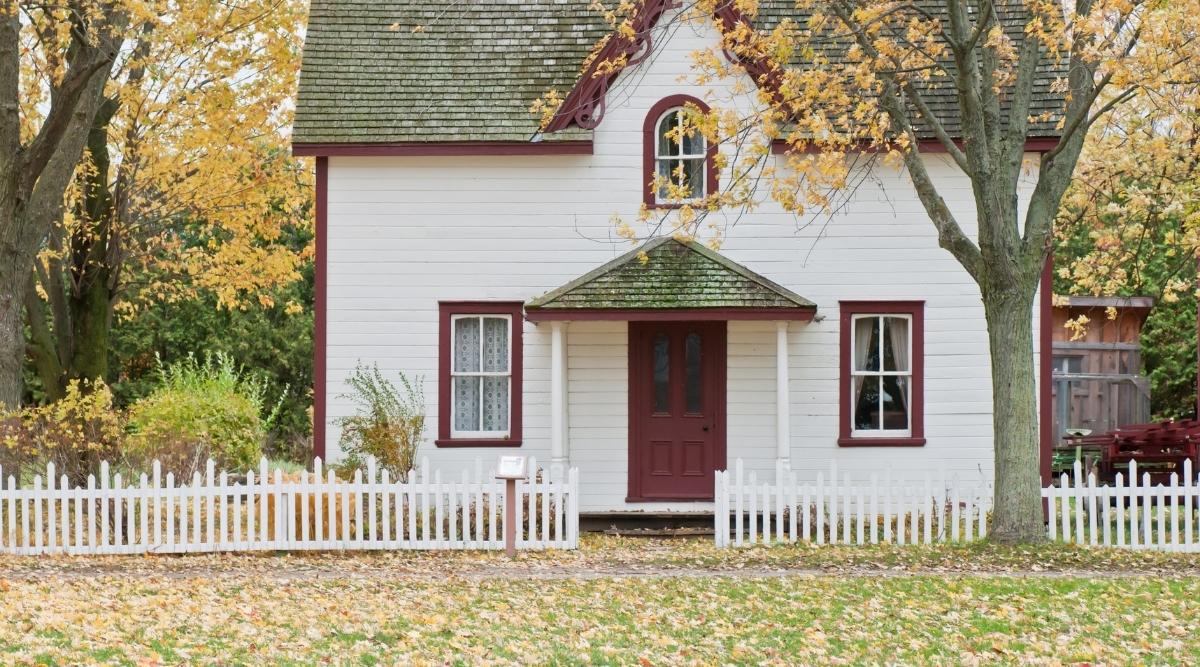
The warmth inside our houses may also lure centipedes in to reproduce. They come through drains, windows, door gaps and through cracks to share some of that heat and to raise their eggs.
To stop this from happening, use caulk to keep the tiny gaps sealed. You can also use inexpensive draft stoppers and rubber seal strips to seal your doors and windows.
How To Fix:
Seal your home. Unfortunately if you have a warm home, insects will try to make their way inside, especially during the winter time. This includes insects that also may be food sources for centipedes, giving you another reason for centipedes to make themselves at home. Make sure all windows and doors are sealed properly for best results.
Uncovered trash

It’s simple, if you always have uncovered trash, you’ll have more roaches, flies and mice around the house. And the more of these pests you’ll have, the more likely you’ll be able to attract unwanted centipedes to prey on them.
So keep you trash in their proper bins, tightly sealed and properly kept away. If you have the option of keeping your trash cans inside your garage, or somewhere that they are even more secure, it’s highly recommended to do so.
How To Fix:
Cover up all trash cans around your home. If you can store your trash inside your garage, we recommend doing so to add another barrier of protection. It’s best to use lidded trash cans inside your home as well.
Unregulated light sources
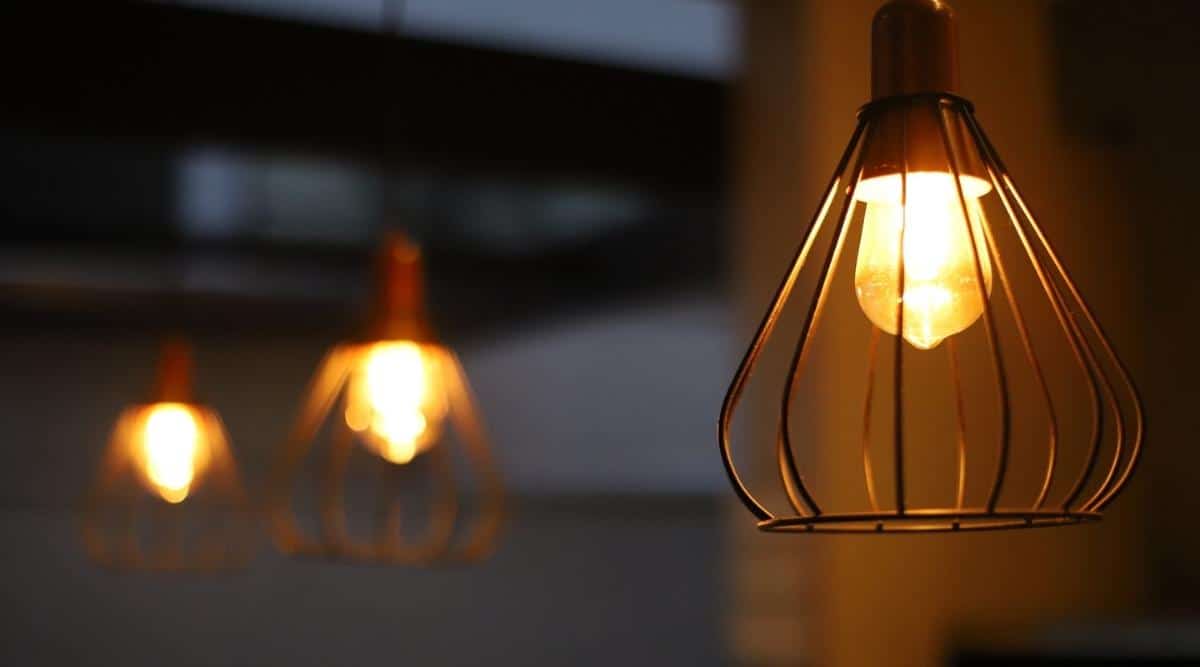
Finally, we have unregulated lights. This may be a long shot, but it’s still possible. Unregulated indoor and outdoor lights can disorient moths and other flying insects. With them flying around, you’ll also get spiders which will bring the centipedes out.
To stop this, simply close your curtains at night to keep the lights from escaping outside. You should also keep a schedule as to when the garden lights should be turned on and off.
How To Fix:
Use curtains at night, and stop using any unecessary lights, especially if you have a centipede infestation. Cutting back the light source will help keep centipedes from being interested in your well-lit home as a potential area for prey.
Wrap Up
So what attracts centipedes? To make it short, it’s their basic need for survival. They’re attracted to food, water, warmth and shelter. That’s it. So if you get rid of most of the things that they need or if you make sure that they’d have no access to them, you’d have a good chance of not seeing these creepy little things scurrying around your property ever again.
Now that you understand the many different reasons centipedes may be lurking around your home, you can take proper steps to prevent them from getting too comfortable. As always, we recommend trying to get rid of them on your own first, or calling a professional if you need additional help!
Share this post

Recommended for you
When Should I Call an Exterminator For Cockroaches?
Save time and money on pest control
Subscribe to expert DIY pest control tips, pest control product reviews and information.




